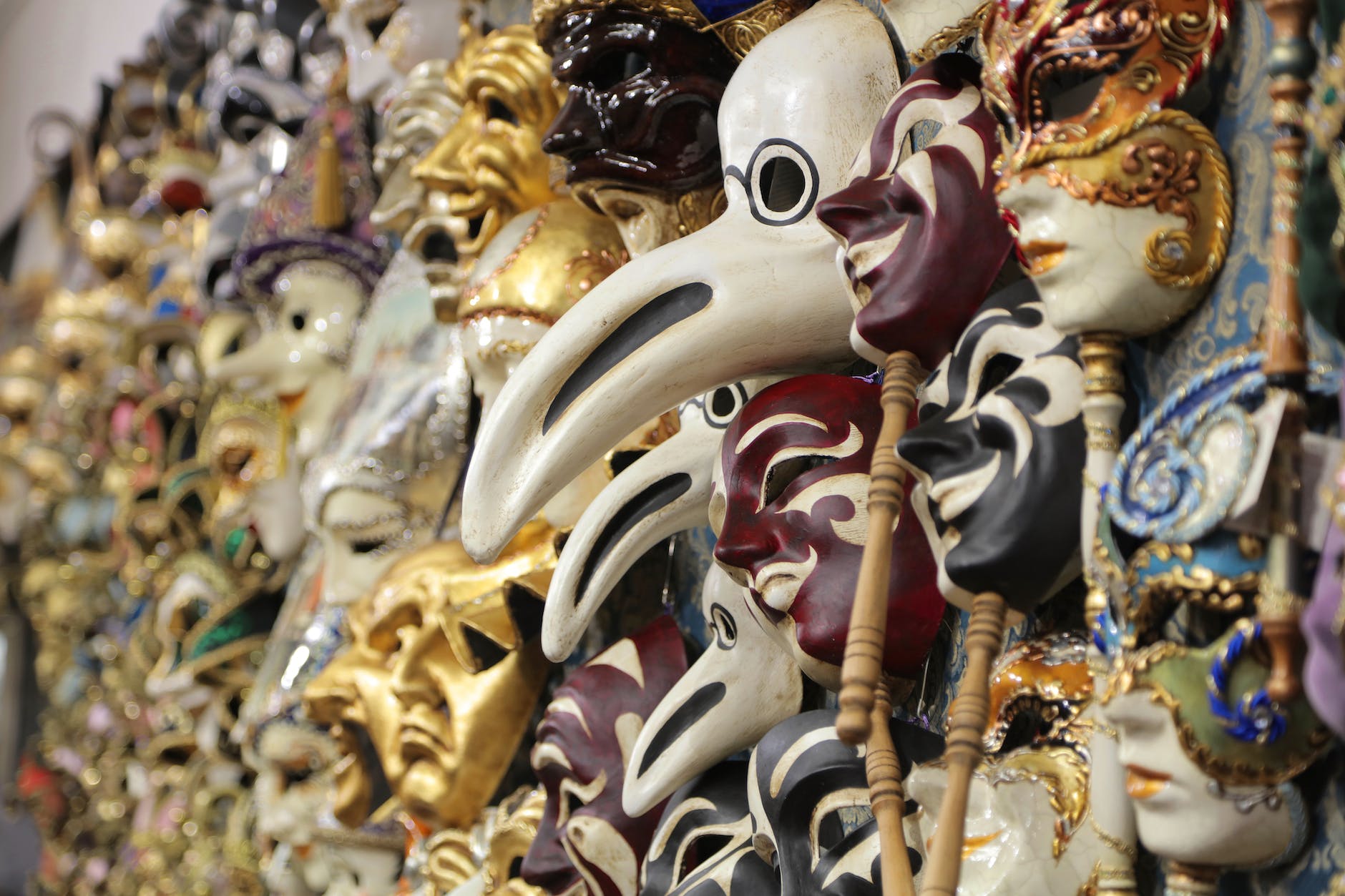Throughout the decades, art has been a medium for expressing emotions, stories, and beliefs. One particularly intriguing and visually captivating art form that emerged in the 1960s is psychedelic art. Fueled by the counterculture movement, hallucinogenic experiences, and spiritual symbolism, this trippy art form has a fascinating history worth exploring.
As the 1960s rolled in, the world was experiencing a cultural revolution. People sought alternative ways of perceiving life, love, art, and politics. This counterculture movement, often associated with the hippie lifestyle, paved the way for the rise of psychedelic art. Amplified by the prevalence of hallucinogenic substances, such as LSD, psychedelic art began to flourish. Psychologist and psychedelic advocate Timothy Leary was a key figure in this movement, famously coining his catchphrase “Turn on, tune in, drop out” to encourage people to turn away from mainstream society and embrace alternative ways of thinking and living.
The first wave of psychedelic art was predominantly seen in poster designs and concert advertisements. These early works often featured intricate designs, vibrant colors, and detailed illustrations. According to Widewalls, artists such as Wes Wilson, Victor Moscoso, and Rick Griffin were pioneers in creating these intricate posters for bands like The Grateful Dead, Jimi Hendrix, and The Doors.
As the popularity of these posters took off, so did the art form, with psychedelic art soon infiltrating various mediums such as paintings, murals, sculptures, and clothing. Over time, these creative endeavors served as more than just advertisements for concerts; they became a focal point for the counterculture movement and an essential form of expression for the 1960s generation.
One reason psychedelic art resonated so profoundly with people is that it embodies a sense of spiritual stirring. For many, the vibrant colors, kaleidoscopic patterns, and blurred lines between fantasy and reality in this art form symbolize a deeper meaning. It is said to capture a moment of heightened consciousness and offer a glimpse into the universe that lies beyond the everyday world. This spiritual element was inspired in part by the burgeoning interest in Eastern philosophy and mysticism during the 1960s.
In fact, some psychedelic artists, such as Alex Grey, have called their work “visionary art,” referring to the fact that their creations depict scenes and images perceived during altered states of mind, meditation, or dream states. This “visionary” approach aligns with the increasing interest in spiritual awakening and self-discovery that led many in the counterculture movement to undertake personal journeys in search of meaning and fulfillment.
As the psychedelic movement evolved, numerous artists made innovative contributions to the development of the genre. Peter Max, for example, created colorful, space-themed paintings that simultaneously captured the growing fascination with space exploration and the fantastical nature of hallucinations experienced while under the influence of psychedelics. Additionally, the psychedelic principles can be seen in the artwork of more recent artists such as James Roper, Steven Morgan, and Amanda Sage.
It is important to acknowledge that psychedelics have not only inspired the creation of more conceptual, intense art but have also facilitated some practical applications in fields such as graphic design and psychology. The early graphic design work of artist Milton Glaser, for instance, laid the groundwork for the kind of intricate layout styles, typography, and color palettes that are now an integral part of contemporary design. Furthermore, the effects of psychedelics in understanding human consciousness and mental health treatment have been an area of ongoing research and interest.
Today, psychedelic art continues to evolve and inspire, with music festivals, exhibitions, and clothing lines dedicated to celebrating this vibrant and fascinating art form. As a product of a cultural movement that sought alternative ways of expression, and touching on spiritual and mystical themes, psychedelic art has become a symbol of self-discovery and universal connectivity.
In terms of artistic history, it’s clear that psychedelic art is not merely a “trippy relic of the ’60s.” This impressive and diverse body of work reflects the unique blend of cultural influences, personal experiences, and spiritual yearnings that defined a transformative era. With its eye-catching designs and thought-provoking symbolism, it is an art form that remains relevant and captivating to this day.





